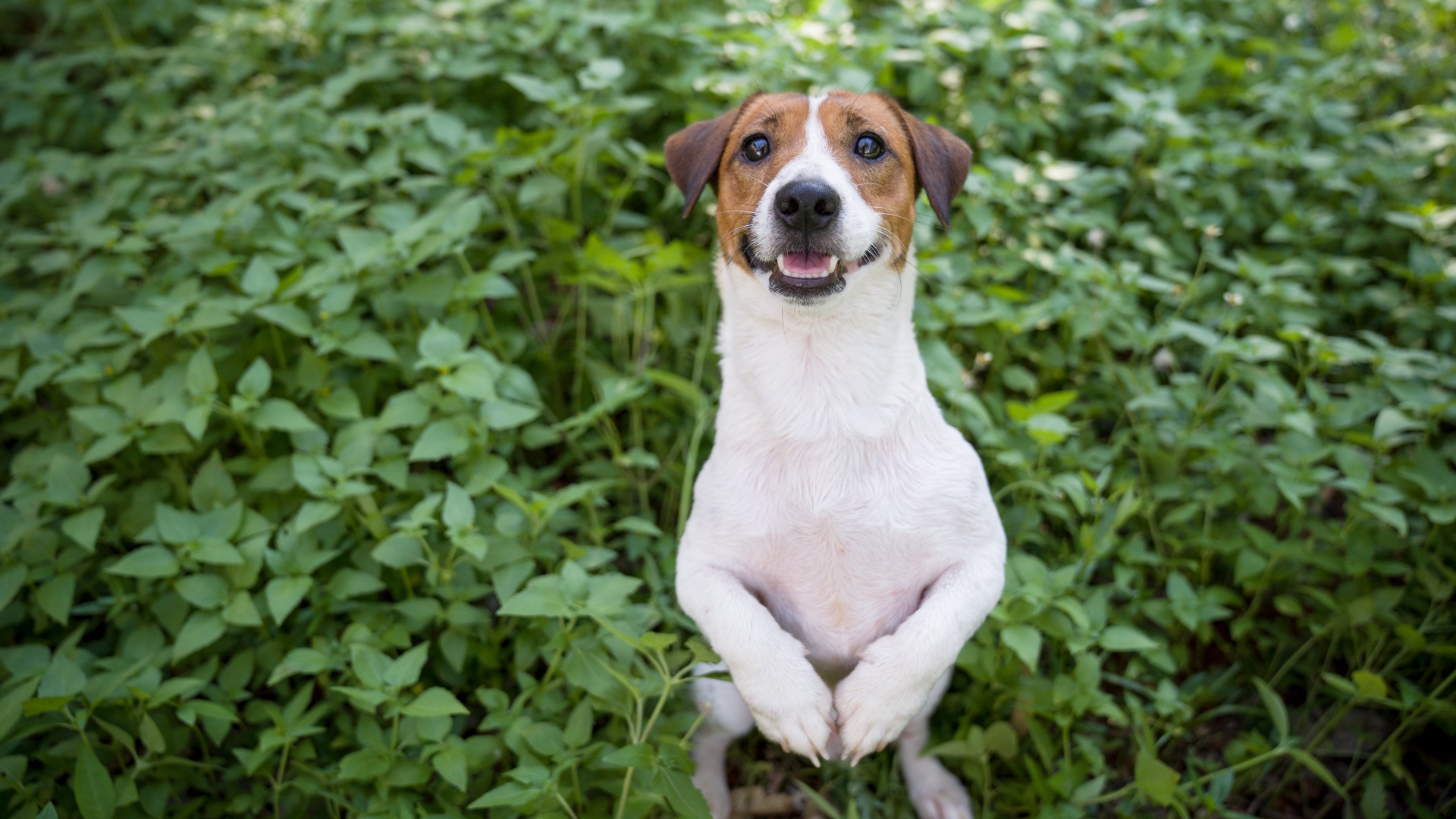
Whether you're trying to figure out how to stop a dog from jumping up, or you're learning all you can to avoid the most common loose leash walking mistakes, there's no denying that training your pup can feel more than a little challenging some days.
And while you're likely investing a lot of patience and energy into helping your dog learn the ropes of what's expected of them, you might be surprised to learn just how easy it is to fall into certain common training traps.
These traps can end up derailing our dog's training success without us even realizing it, but taking the pressure off ourselves and focusing on progress not perfection can help get us back on track.
"I want dog owners to understand that training takes time, dogs will never be perfect, aversives aren’t a quick fix, and we need to meet their needs before we can train," explains certified trainer Carolyn, who is also the founder of Good Dog Training.
With that in mind, Carolyn has shared the most common training mistakes she sees dog owners make so that you can ensure you're training your pup in the most efficient and effective way possible. Let's take a look...
1. Allowing your dog to practice bad behavior: "The more they rehearse a behavior, the better they get at it," explains Carolyn. Use management to prevent practicing bad habits (baby gates, leashes, crates, etc) while you train."
2. Expecting too much too soon: "Training happens in baby steps. You will not go from beginner to advanced overnight. Even for skilled trainers, it takes a long time."
3. Resorting to aversive methods: "Aversive training doesn't address the problem," says Carolyn, "and it often makes problems worse. Don't fall for the false allure of the quick fix."
4. Expecting perfection: "No dog is perfect. They make mistakes just like we do. Stop comparing your dog to dogs in training videos on social media. It isn't real life, it's a few seconds."
5. Not meeting your dog's needs: "Is your dog getting enough exercise? Rest? Mental stimulation? Sniff time on walks? Social time with people and other dogs? No? Then address that before training," Carolyn advises.
If you've spent several months training your dog and you're not seeing the results you'd expect with the methods you're using, we recommend reaching out to a professional trainer for advice and guidance.







